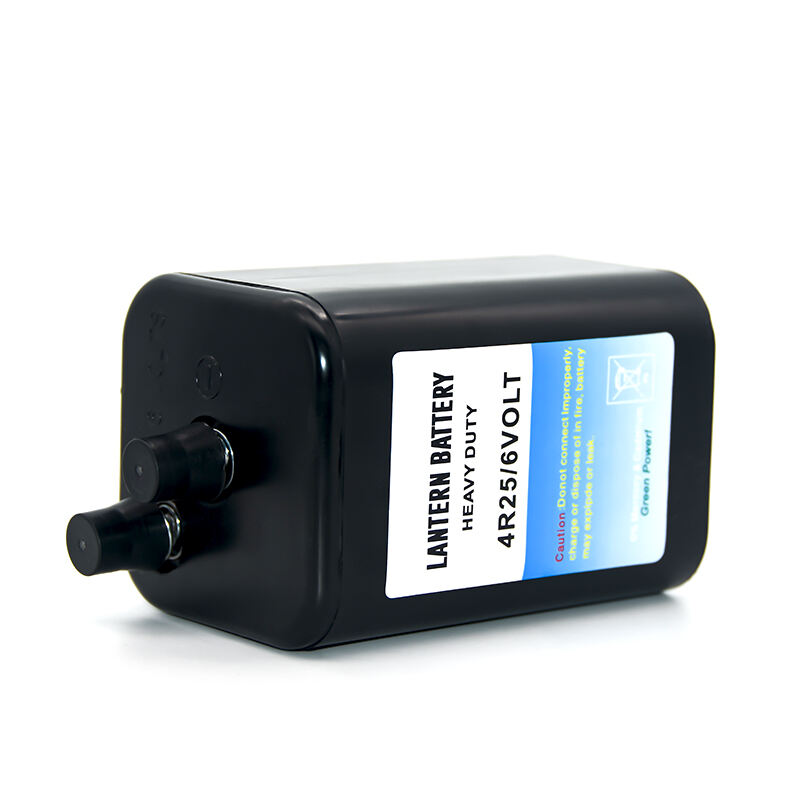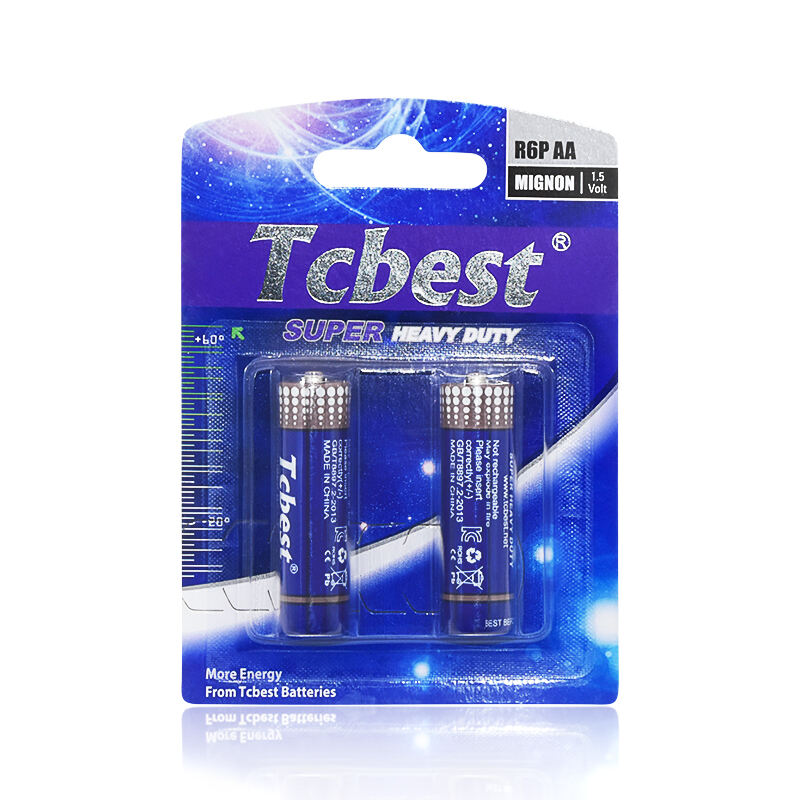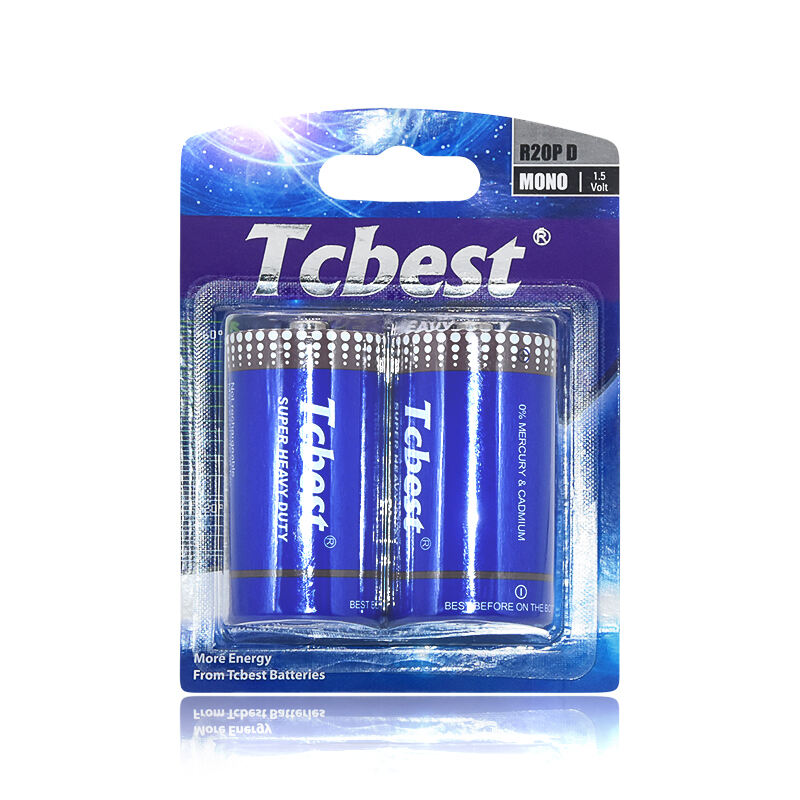Cost-Effective Energy Solution
Carbon zinc cells stand out as one of the most economically viable battery options in todays market. Their cost advantage stems from several factors, including the abundance of raw materials used in their manufacture, well-established production processes, and efficient supply chains. The basic components zinc, manganese dioxide, and carbon are readily available and relatively inexpensive compared to materials used in other battery technologies. This cost efficiency makes them particularly attractive for bulk purchases and applications where frequent battery replacement is necessary. The manufacturing process has been refined over decades, resulting in minimal production waste and optimal resource utilization. For consumers, this translates to significant savings, especially in devices that require multiple batteries or frequent replacements. The cells economic benefits extend beyond initial purchase price, as their reliable performance in low-drain devices means they provide good value over their service life.


